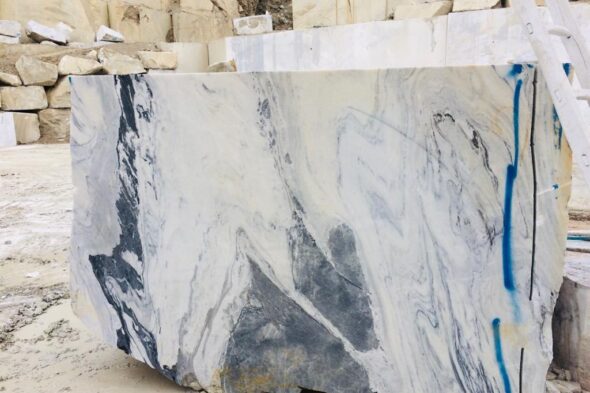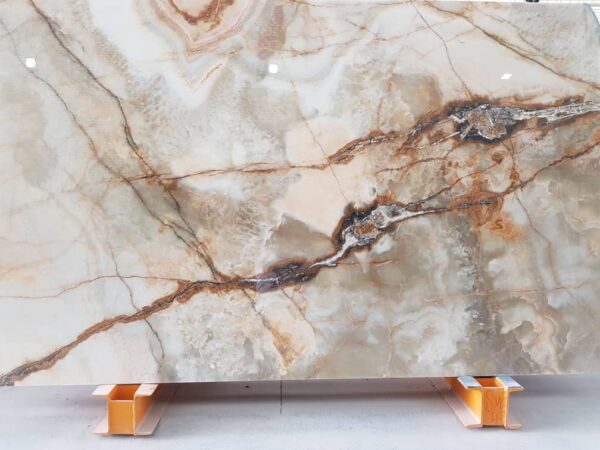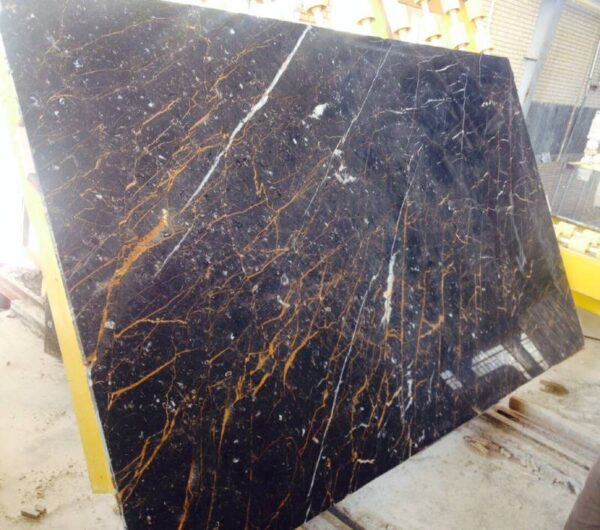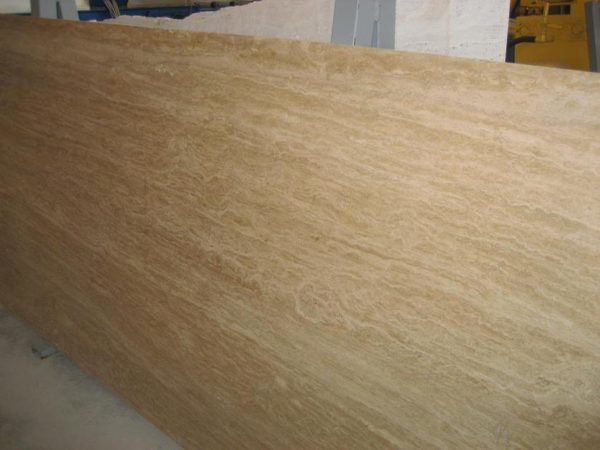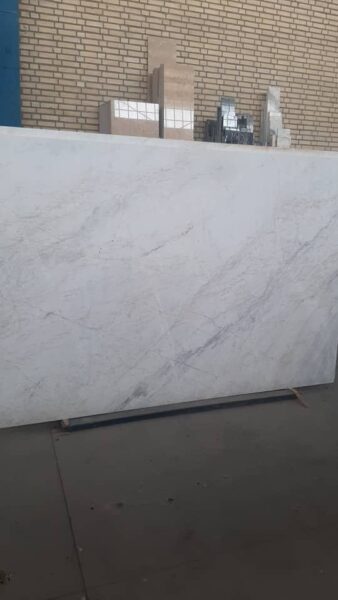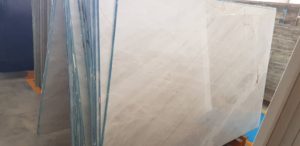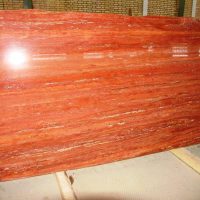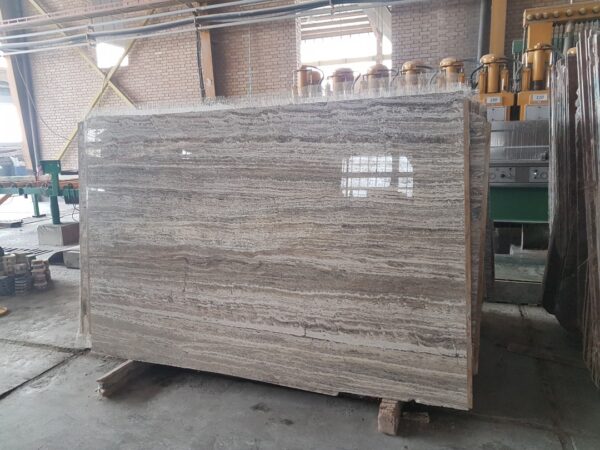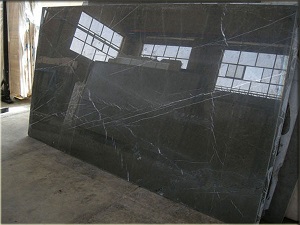From Quarry to Countertop
Marble is a natural stone that has been prized for its beauty and durability for centuries. This luxurious material is used in everything from flooring to sculptures to countertops, but have you ever wondered how marble is mined? In this article, we’ll take you through the process of marble extraction, from the quarry to its final destination in your home or building.
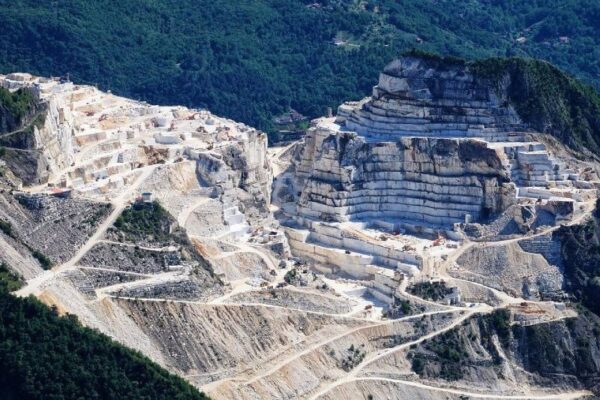

Understanding How Marble is Mined
The mining of marble is a meticulous process that requires expertise and precision. Marble is formed from limestone that has undergone extreme pressure and heat beneath the Earth’s surface. This natural stone is typically found in large deposits called quarries, where miners extract large blocks of marble for use in construction and design projects worldwide.
The Marble Quarrying Process
1. Locating the Marble Deposits
The first step in the marble mining process is to locate large, quality marble deposits. These deposits are usually found in mountainous regions, where natural processes have created vast reserves of limestone that have turned into marble over time. Geologists survey potential quarry sites to evaluate the quality and quantity of marble, ensuring that the stone meets the industry standards for commercial use.
2. Quarrying the Marble
Once a marble deposit has been identified, the quarrying process begins. This involves cutting large blocks of marble from the quarry using specialized tools and techniques.
- Diamond Wire Sawing: One of the most common methods for extracting marble is diamond wire sawing. A wire coated with diamond dust is used to slice through the marble, cutting it into large blocks. This technique is highly efficient and minimizes waste during the extraction process.
- Drilling and Blasting: In some cases, drilling and controlled blasting are used to free large marble blocks from the quarry walls. This method is used in conjunction with other techniques to separate the marble without damaging its structure.
3. Removing the Marble Blocks
Once the marble is cut into manageable blocks, the next step is to remove them from the quarry. Heavy-duty cranes and loaders are used to transport the blocks to processing facilities. These marble blocks can weigh several tons, and their careful handling is crucial to prevent damage during transport.
Processing and Refining the Marble
1. Cutting the Marble Slabs
After the blocks have been transported from the quarry, they are taken to a factory for processing. The large blocks are cut into thinner slabs using gang saws or wire saws. These slabs will later be polished and cut to size based on specific design requirements.
2. Polishing the Marble
Once the marble slabs are cut, they are polished to bring out their natural shine and color. Polishing machines use progressively finer abrasives to smooth the surface of the stone, giving it a reflective finish. The polished marble slabs are then inspected for any imperfections, such as cracks or discoloration, before they are sold or used in construction projects.
3. Custom Cutting and Finishing
Marble is often custom cut for specific applications, such as countertops, flooring, or wall cladding. Advanced machines equipped with diamond-tipped blades or water jets can cut the marble into precise shapes and sizes. After cutting, edges are finished to ensure a smooth, professional appearance.
Environmental and Ethical Considerations in Marble Mining
While marble mining has a significant impact on the environment, efforts are being made to make the process more sustainable. Many quarries now follow strict guidelines to reduce environmental harm, including managing waste, reusing water, and rehabilitating quarry sites after mining is complete.
In addition, ethical concerns are addressed through responsible sourcing. Many companies focus on transparent supply chains to ensure fair labor practices in marble mining, especially in regions where labor laws may not be as stringent.
Does Limestone Turn into Marble
From Quarry to Home: The Final Journey of Marble
After the marble slabs are polished and cut, they are transported to suppliers and manufacturers worldwide. The marble may then be further customized before reaching its final destination—whether as a kitchen countertop, an elegant bathroom floor, or a decorative piece of art. Marble’s journey from deep within the Earth to its place in our homes is a testament to the stone’s timeless appeal and the craftsmanship involved in mining it.
https://www.rockstone.biz/most-demanded-stones-in-australia/

